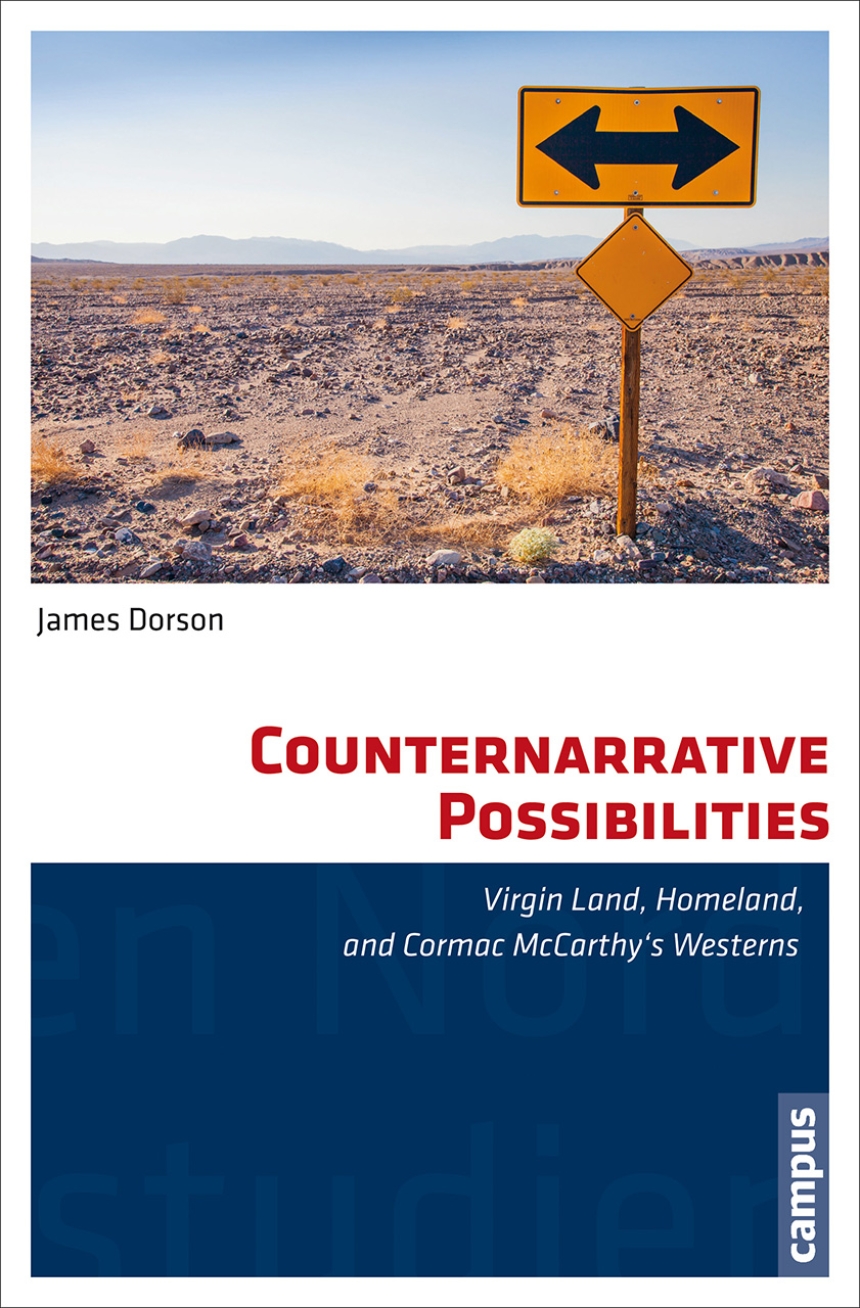9783593505541
Distributed for Campus Verlag
Counternarrative Possibilities
Virgin Land, Homeland, and Cormac McCarthy’s Westerns
Counternarrative Possibilities reads Cormac McCarthy’s westerns against the backdrop of American mythology’s two formative national tropes: virgin land (from the 1950s) and homeland (after 9/11). Looking at McCarthy’s westerns in the context of American studies, James Dorson shows how his books counter the national narratives underlying these tropes and reinvest them with new, potentially transformative meaning. Departing from prevailing accounts of McCarthy that place him in relation to his literary antecedents, Counternarrative Possibilities takes a forward-looking approach that reads McCarthy’s work as a key influence on millennial fiction. Weaving together disciplinary history with longstanding debates over the relationship between aesthetics and politics, this book is at once an exploration of the limits of ideology critique in the twenty-first century and a timely, original reconsideration of McCarthy’s work after postmodernism.
360 pages | 5 1/2 x 8 3/8 | © 2016
Literature and Literary Criticism: American and Canadian Literature

